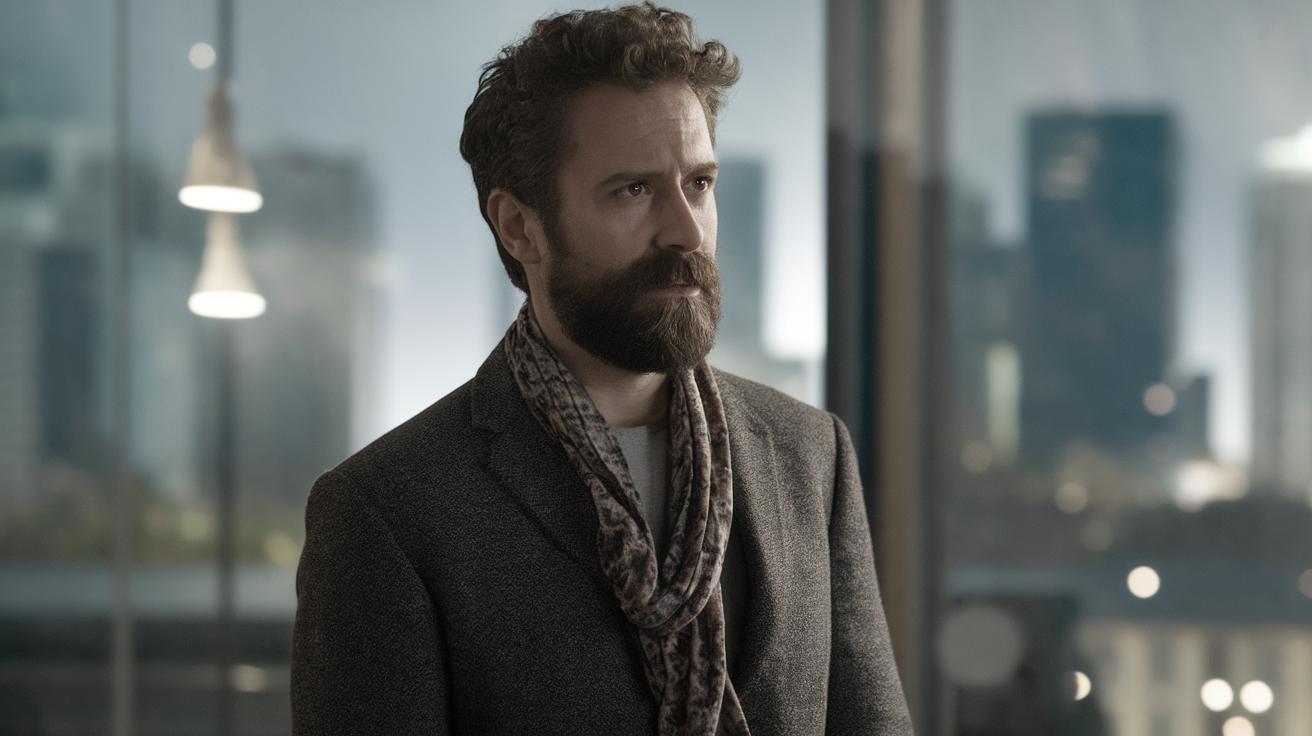The Advantages of Film Photography Over Digital
In an era dominated by digital technology, film photography retains a unique charm and offers a range of advantages that continue to attract photographers and enthusiasts alike. Although digital cameras provide convenience and instant gratification, film photography is cherished for its distinct qualities that enhance the artistic process. This blog post explores the enduring allure of film over its digital counterpart, focusing on key aspects such as color consistency, resolution, creativity in processing, and cost. By delving into the characteristics that define film photography, we seek to illuminate why, for some, film remains an essential medium for artistic expression. Additionally, a glance at the advantages of digital photography will provide a balanced perspective on this enduring debate in the photography community.
Film Photography Advantages
Film Offers Color Consistency and Dynamic Range over Digital
One of the most cherished advantages of film photography is its exceptional color rendition and dynamic range. Unlike digital sensors that can struggle with rendering colors accurately, film possesses a natural ability to capture colors in a way that feels true to life. This has been a significant advantage for photographers who prioritize color fidelity in their work. Film’s emulsion layers offer a subtlety in gradation, leading to smoother transitions and richer, more nuanced colors, particularly in skin tones.
Additionally, film photography excels in dynamic range, the capacity to capture the broad spectrum of highlights and shadows in a scene. Film’s natural dynamic range is typically wider than that of digital cameras, allowing photographers to capture details in both bright and dark areas without the need for extensive post-processing. This inherent trait of film can be particularly advantageous in high-contrast lighting situations, rendering images that feel more balanced and harmonious.
Resolution of Film is Higher Than Most Digital Cameras
The resolution provided by film photography, especially larger formats like medium and large format film, is often superior to that of most digital cameras. The physical size of the film emulsion enables it to capture more detail than the average digital sensor. This heightened resolution is particularly beneficial for photographers who wish to print their images in large sizes or need extreme detail for professional uses, such as fashion or landscape photography.
While digital technology continues to advance, equipping cameras with increasing megapixel counts, the organic and intricate detail captured by film remains a distinctive quality. Professional photographers and enthusiasts who appreciate the tactile, analog nature of film often prefer its resolution capabilities, which tend to create a more natural and less digitally processed appearance in the final image.
Film Processing And Editing Is As Creative As Taking The Shot
The process of developing and editing film is not merely a technical necessity but an integral part of the creative journey for many photographers. Unlike digital photography that relies on software edits, film development offers a hands-on, tactile experience that many find enriching and rewarding. The darkroom becomes a canvas where photographers can employ various techniques to enhance or alter their images, resulting in a truly personalized artistic expression.
The tangible nature of film also allows for creative experimentation with exposure, development time, and chemical manipulation to produce unique effects. This level of creative control can cultivate a stronger connection between the photographer and their work, fostering a deeper understanding of the photographic process. Enthusiasts often describe this as a meditative practice, infusing the journey with artistic satisfaction beyond that which digital post-processing typically offers.
The Cost Of Film Photography Is More Manageable and Less Jarring Than Digital
While digital photography can be costly due to ongoing upgrades and the purchase of expensive hardware and software, film photography offers a different economic landscape. The initial costs may appear higher when purchasing cameras and film, but these expenses can be more predictable and spread over longer periods. Film cameras are often built to last and can remain functional for decades with proper care, reducing the need for constant upgrades.
Moreover, film photographers develop a disciplined approach to shooting, mindful of each frame’s cost. This intentionality often results in more thoughtful compositions and a greater appreciation for each shot. By contrast, the convenience of digital photography can lead to an overwhelming volume of images, increasing the burden of storage and post-processing time. Many film enthusiasts find this economic dynamic to be more satisfying and sustainable.
Digital Photography Advantages
Digital photography has transformed the way we capture and share images, offering unparalleled convenience and accessibility. The ability to instantly review and edit photos offers immediate feedback, reducing the learning curve for beginner photographers. This instant gratification is paired with significant advancements in sensor technology, providing photographers with high-resolution outputs and flexibility in both shooting and editing.
The vast array of digital tools and software available for editing has also enhanced creativity, allowing photographers to manipulate images in ways that were previously unimaginable. Additionally, digital storage is virtually limitless, enabling photographers to capture thousands of images without the concern of running out of film. As digital cameras continue to evolve, they increasingly blur the lines with traditional film quality, offering high ISO capabilities and a wide array of creative options for every style of photography.
Summary of Main Points
| Film Photography Advantages | Digital Photography Advantages |
|---|---|
| Offers superior color consistency and dynamic range, capturing true-to-life colors and balance in light contrasts. | Provides instant review and feedback, facilitating a faster learning process. |
| Higher resolution in film, especially in larger formats, along with a more natural appearance in prints. | Includes advanced sensor technology leading to high-resolution outputs and flexibility in shooting and editing. |
| Film processing presents a creative, hands-on editing process that is integral to the artistic journey. | Extensive digital tools for editing, enabling unprecedented image manipulation. |
| More predictable and manageable cost structure, promoting disciplined and intentional shooting. | Digital storage solutions allow capturing a vast number of images efficiently. |


